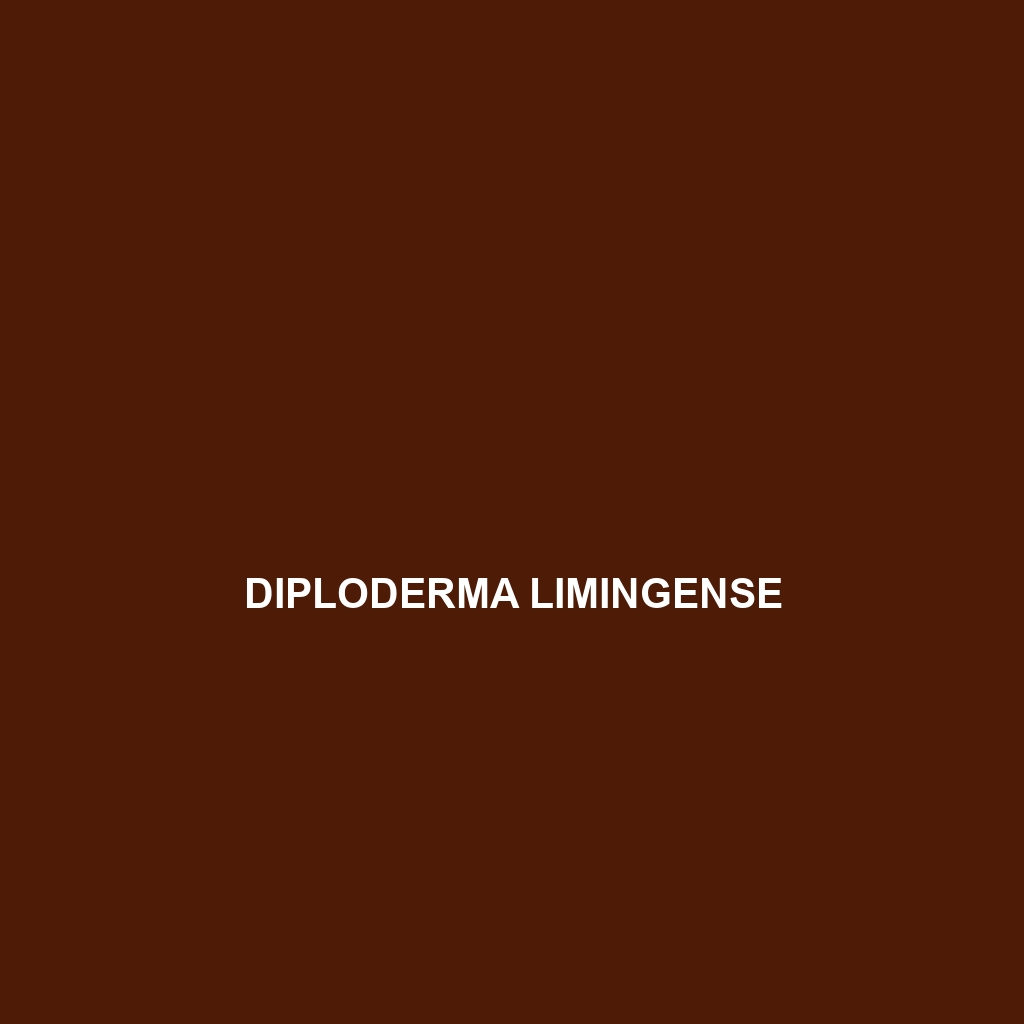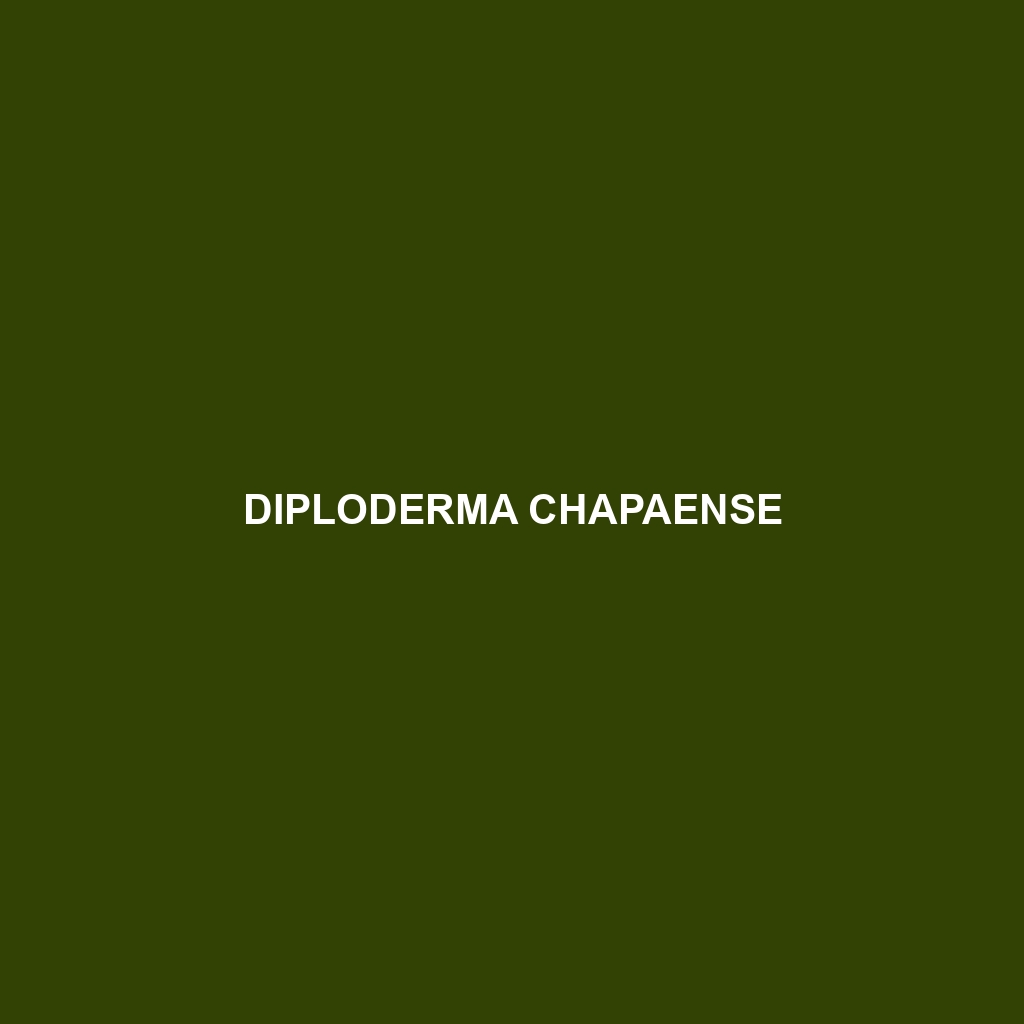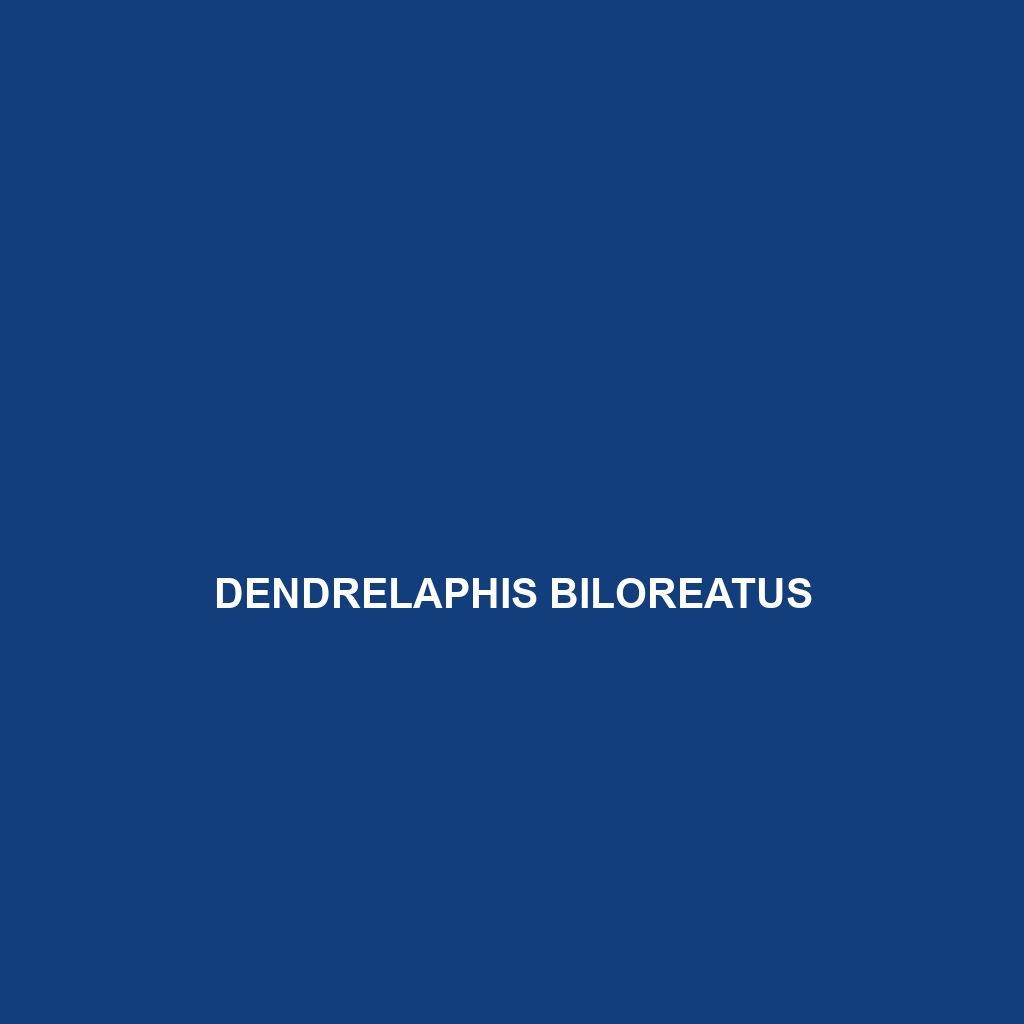Cunningham's Skink (<i>Egernia cunninghami</i>) is a social and diurnal lizard found in the temperate forests of southeastern Australia, characterized by its stout body, large triangular head, and distinctive coloration. This omnivorous species plays a vital role in its ecosystem, contributing to insect population control and serving as prey for larger predators.
Tag: forest biodiversity
Ebenavia boettgeri
<b>Ebenavia boettgeri</b>, or Boettger's skink, is a medium-sized, diurnal insectivore native to the tropical rainforests of Madagascar, known for its distinctive green to brown coloration and ability to camouflage effectively. This vulnerable species plays a crucial role in controlling insect populations and contributes to the ecological balance of its habitat.
Draco iskandari
<b>Draco iskandari</b>, a medium-sized flying lizard native to humid tropical rainforests in Southeast Asia, is renowned for its gliding ability and striking colorful dewlap, which it uses for mating displays and communication. This fascinating insectivore plays a vital role in its ecosystem by regulating insect populations and may even aid in pollination.
Diploderma yunnanense
Diploderma yunnanense, commonly known as the Yunnan Dragon, a vibrant medium-sized lizard thriving in the humid, mountainous forests of Yunnan, China. With its agile climbing abilities, striking coloration, and vital role in controlling insect populations, this species is a key player in its ecosystem, but is currently classified as Vulnerable due to habitat loss.
Diploderma yulongense
fascinating Diploderma yulongense, a vibrant tree lizard native to the subtropical forests of Yunnan province, China. This arboreal species, known for its color-changing ability and distinctive striped pattern, plays a crucial role in its ecosystem as both a predator and prey.
Diploderma yongshengense
Diploderma yongshengense, commonly known as the Yunnan Dragon Lizard, is an endangered species native to the mountainous regions of Yunnan Province, China. This diurnal insectivore, reaching lengths of 15 to 20 cm, is characterized by its rich brown to olive green coloration and climbing adaptations, playing a crucial role in its ecosystem by regulating insect populations.
Diploderma laeviventre
Diploderma laeviventre, also known as the brown forest lizard, is an arboreal species native to the humid forests of Southeast Asia, typically measuring 15 to 20 cm in length, with a camouflaging color palette of brown, green, and gray. This vulnerable lizard feeds primarily on insects and plays a crucial role in maintaining ecological balance within its habitat.
Diploderma chapaense
stunning Diploderma chapaense, a medium-sized lizard from the mountainous regions of northeastern Vietnam, renowned for its vibrant green and brown patterns, arboreal lifestyle, and role in controlling insect populations. With a vulnerable conservation status, this species thrives in humid temperate forests, showcasing behaviors and rapid growth during its breeding season from May to July.
Diploderma brevipes
Diploderma brevipes, a striking arboreal lizard from Southeast Asia, known for its slender body, long tail, and excellent camouflage. This insectivorous species thrives in humid subtropical forests and plays a vital role in maintaining ecological balance by controlling insect populations.
Dendrelaphis biloreatus
Dendrelaphis biloreatus, or Banded Tree Snake, known for its striking light green or yellowish body adorned with dark bands, thriving in tropical forests and adept at climbing. This agile, diurnal predator primarily feeds on small mammals, birds, and amphibians, playing a vital role in maintaining ecosystem balance.









